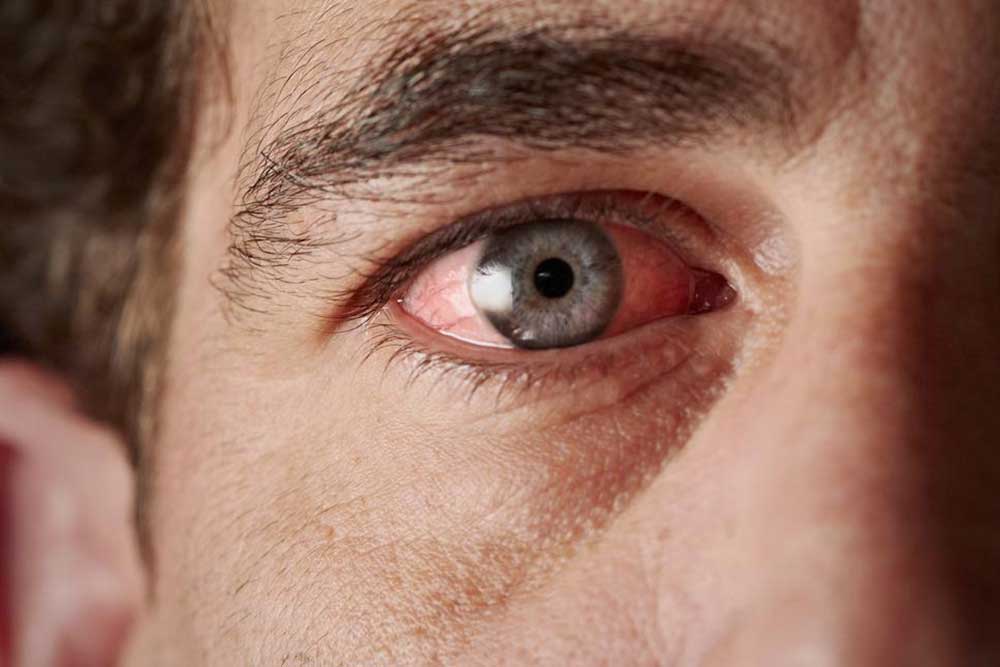Understanding the Causes and Prevention Strategies for Eye Blood Vessel Breakage
This detailed guide explores the causes and preventive measures for eye blood vessel rupture, focusing on risk factors, common triggers, and when to seek medical help. It emphasizes the importance of maintaining eye health through awareness of underlying health conditions, lifestyle adjustments, and prompt treatment to avoid complications and preserve vision.

Comprehensive Guide to Causes and Preventive Measures for Blood Vessel Ruptures in the Eye
The human eye is one of the most intricate and delicate organs in the body, requiring careful attention to maintain their health and functionality. The conjunctiva, a transparent mucous membrane covering the front part of the eye and lining the inside of the eyelids, plays a critical role in protecting and lubricating the eye. This thin tissue contains numerous tiny blood vessels responsible for nourishing and safeguarding the ocular surface. These vessels are essential in maintaining the health of the eye but are susceptible to damage under certain conditions, resulting in bleeding, commonly known as subconjunctival hemorrhage.

These small blood vessels can sometimes rupture due to various factors, causing blood to leak into the conjunctiva. The condition, medically termed subconjunctival hemorrhage, presents as a bright red patch on the sclera or the white part of the eye. It is a common and usually benign condition, often causing concern due to its conspicuous appearance. Fortunately, because the conjunctiva does not contain blood vessels capable of absorbing blood quickly, this blood accumulates, resulting in a visible red or bloodstained look that can be startling but typically resolves on its own within approximately two weeks.
Key Risk Factors That Predispose Individuals to Eye Blood Vessel Ruptures:
Chronic conditions such as diabetes mellitus, which impair blood vessel integrity
Hypertension (high blood pressure) that places additional stress on vessel walls
Use of anticoagulant and blood-thinning medications like aspirin, warfarin, or newer agents that increase bleeding risk
Blood clotting disorders, including hemophilia or thrombocytopenia
Prevailing Causes of Eye Blood Vessel Rupture:
Trauma or injury to the face or eye area, including sports injuries or accidental impacts
Prolonged or intense eye strain caused by screen overuse or demanding visual tasks
Forceful coughing, sneezing, or vomiting that dramatically increases pressure in the head and eyes
Lifting heavy objects or engaging in vigorous physical activities that elevate intraocular pressure
Eye infections leading to inflammation and vessel fragility
Deficiencies in vital nutrients, particularly Vitamin C, which is integral to blood vessel health
Understanding the underlying causes and risk factors is crucial to prevent and manage blood vessel ruptures in the eye. While this condition often appears alarming, it is generally harmless and self-limiting. Nonetheless, prompt medical assessment is advisable, especially if accompanied by pain, vision changes, or recurrent episodes. Early diagnosis and treatment can help prevent potential complications, protect vision health, and address underlying health issues that contribute to vascular fragility.





